This Palm Tanager seems to be contemplating the row of palms behind my Cecropia Tree and when he flies in them, I can no longer photograph him as he hides between the fronds. 🙂
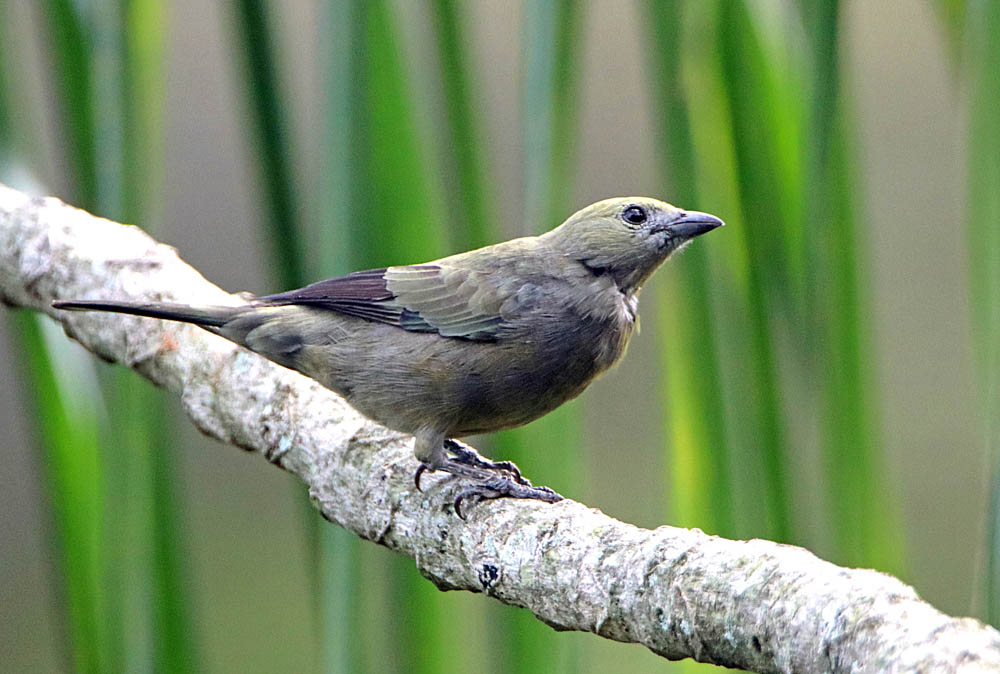
See more in my Palm Tanager GALLERY.
¡Pura Vida!
This Palm Tanager seems to be contemplating the row of palms behind my Cecropia Tree and when he flies in them, I can no longer photograph him as he hides between the fronds. 🙂

See more in my Palm Tanager GALLERY.
¡Pura Vida!
Less common here than the Baltimore Oriole, this male is different from the Baltimore with his richer “chestnut” or dark orange (rust) color and a tiny curvature on his bill plus being a little smaller than the Baltimore Oriole. This was a difficult call for me because it is rarer here, though Merlin backs me up on calling it an Orchard, having run both of these photos through that A-I bird identification program on my cell phone. It is a lifer for me, Orchard Oriole, Icterus spurius, linked to the eBird description. And if you would like to compare with the Baltimore Oriole, see that link to my gallery on them where you will see that the male is a brighter yellow-orange and even part yellow. Both species summer in North America and winter in Central and northern South America starting in October. As you can see in the above gallery link, I’ve seen a lot more of the Baltimore here than the Orchard! My first today! Just these two shots from my Cecropia Tree this morning:
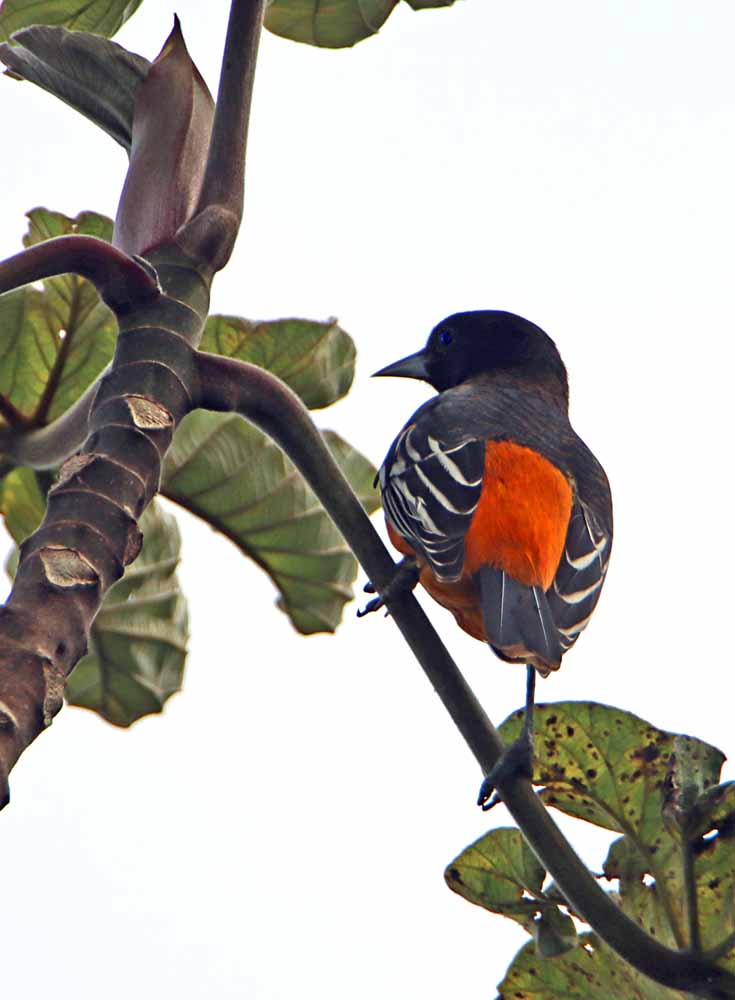
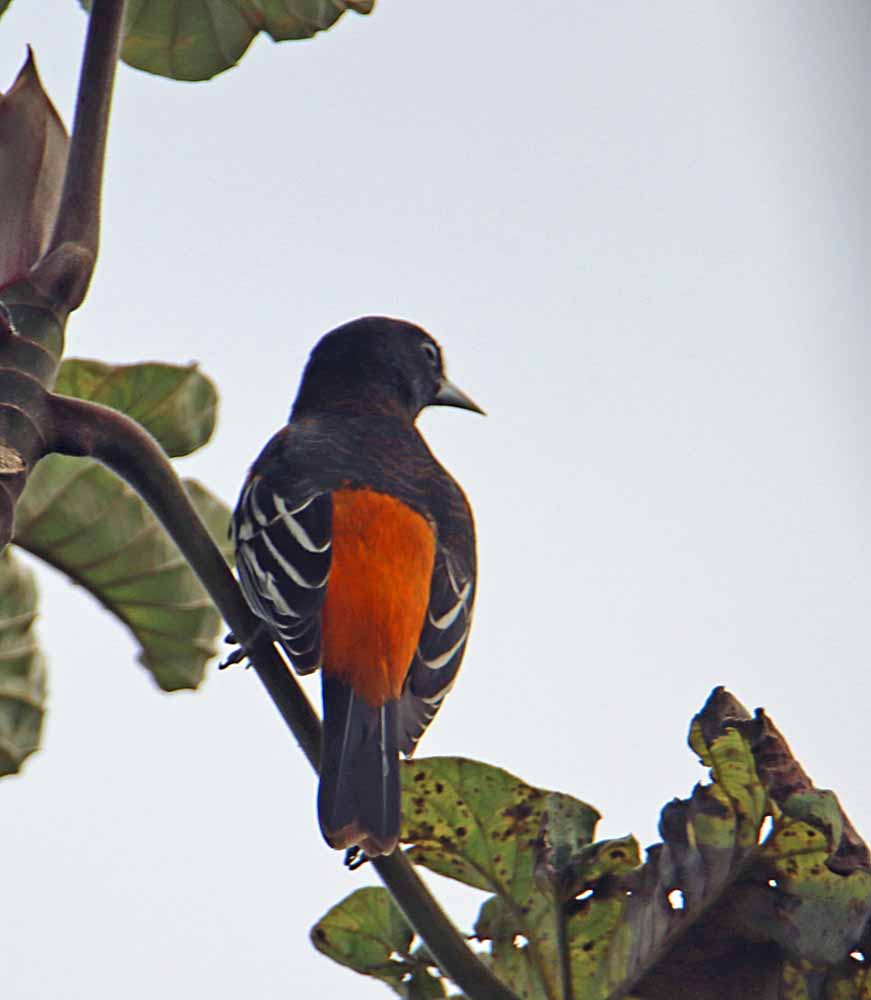
For more photos of this bird this morning, see my Orchard Oriole GALLERY, though my two favorite shots are here! 🙂
¡Pura Vida!
Friends up the hill invited me for coffee on their terrace yesterday where they have both a hummingbird feeder and a fruit feeder to attract more birds. And though they too have had fewer birds this year of El Niño weather, they get more than me because of their feeders and maybe their location adjacent the Calle Nueva Forest. Here’s what I was able to photograph while drinking coffee and talking a lot, though the one hummingbird never slowed down enough for a shot. 🙂

4 birds, 2 insects and one iguana . . .
Continue reading “Morning Coffee & Wildlife”. . . in my Cecropia (Guarumo) Tree.
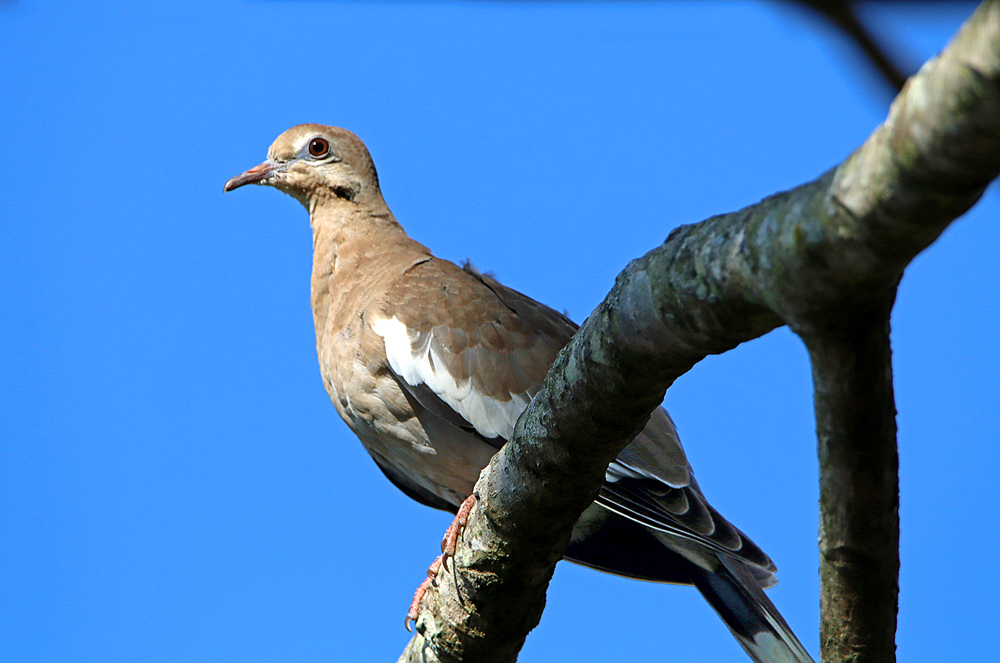
¡Pura Vida!
See also my White-winged Dove GALLERY.
And for those considering a move to Costa Rica or wondering why I live where I do in the Central Valley, see this short article on a realtor’s website: 7 Reasons to Relocate to Atenas, Costa Rica 🙂
This all black bird can be found on both slopes of Costa Rica and in some areas is quite common. He is the only totally black bird in Costa Rica with even his bill and eyes being black. Read about him on eBird or see more of my photos (better ones) in the Melodious Blackbird Gallery.
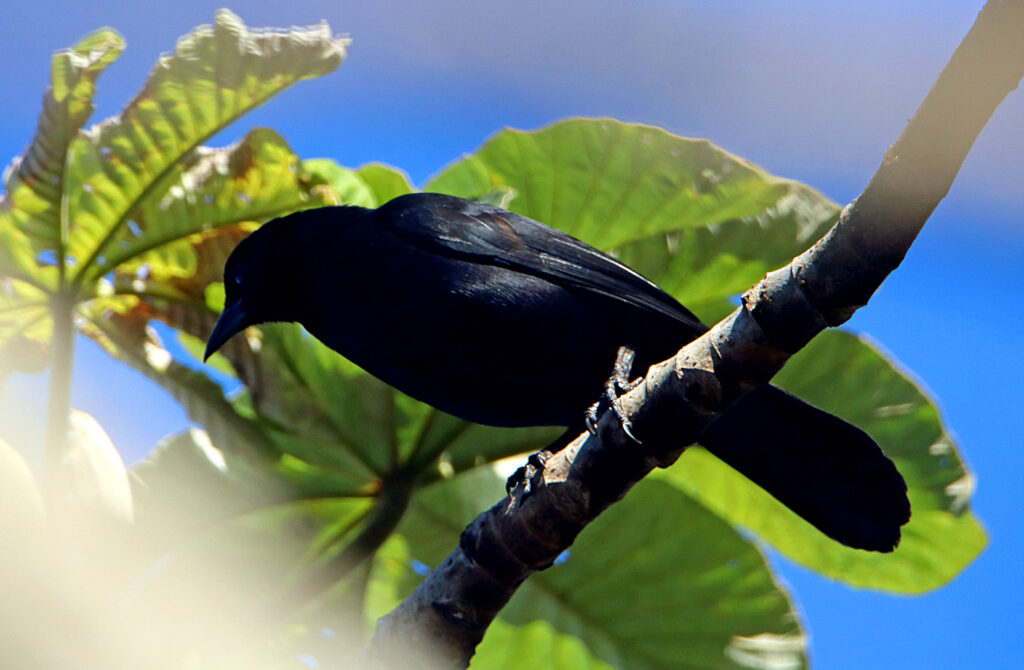
¡Pura Vida!
Though Black-cheeked Woodpecker seems to be more common around Atenas for me, this species may be the second most common woodpecker, at least in my garden. 🙂
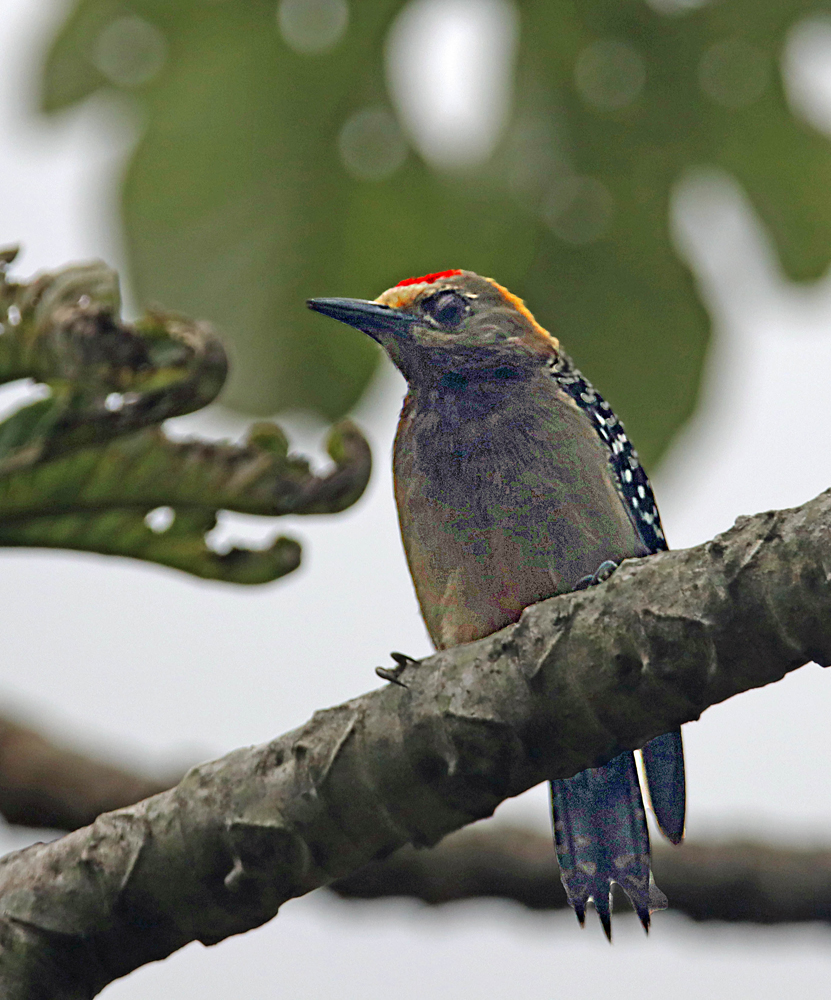
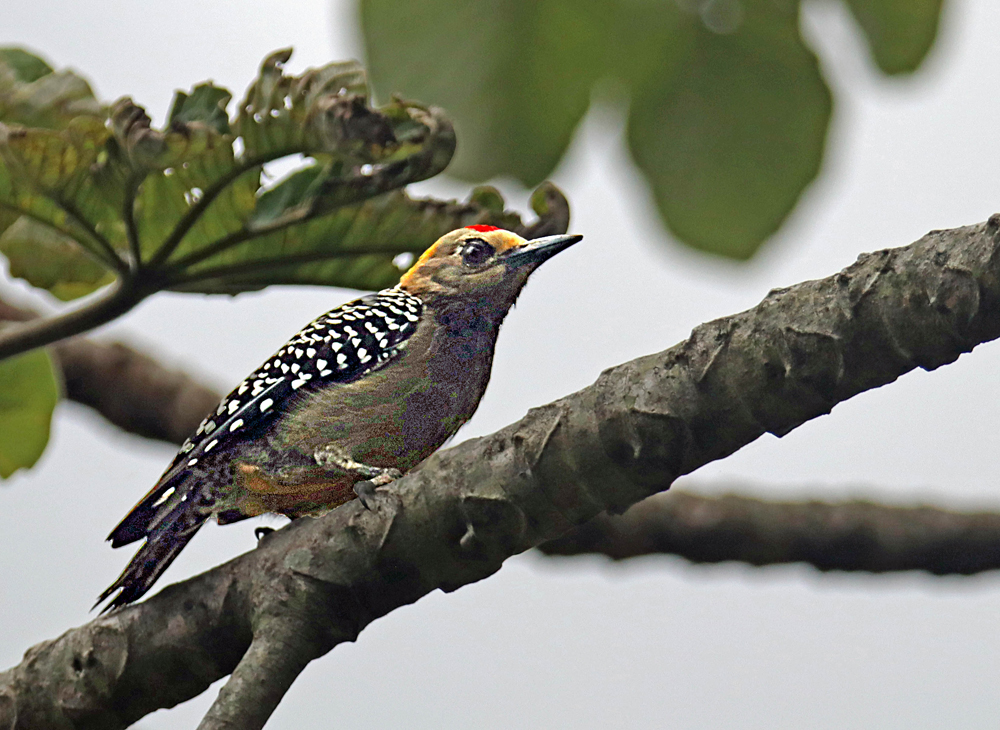
See my Hoffmann’s Woodpecker Gallery
or read about on eBird.
¡Pura Vida!
And for Halloween see this Tico Times article with video of Spooky Creatures Inhabit Costa Rica’s Jungles.
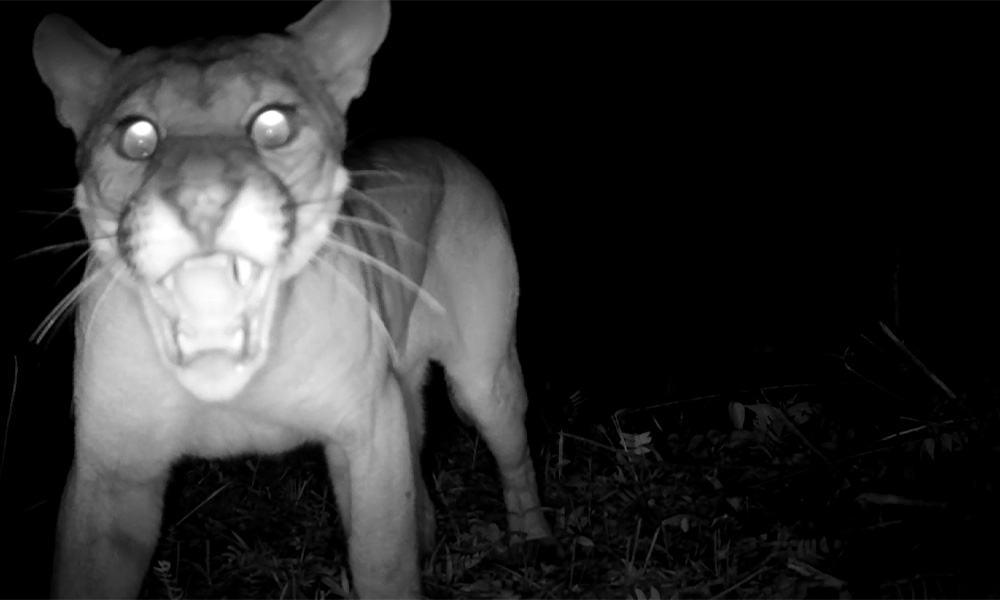
The light fog around this Rufous-tailed Hummingbird is maybe what provided a light purple background as a contrast to his bright green top – a nice compliment of colors! Nature as Art! 🙂
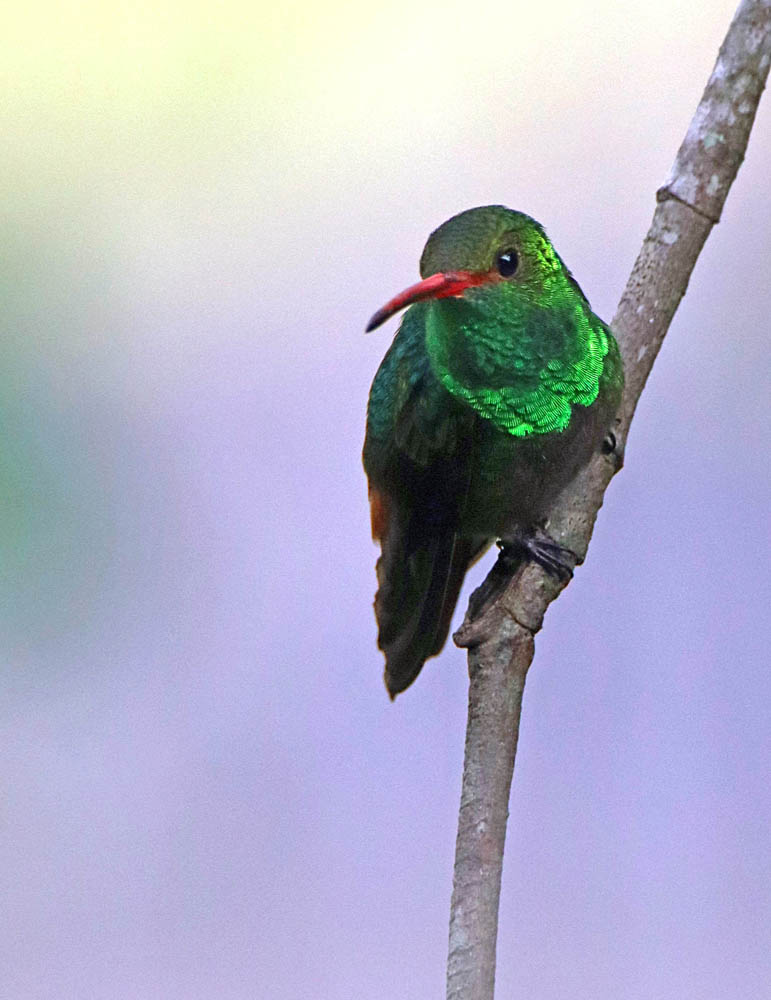
On September 30 after my house was fumigated for ants, I spent the night at our little neighborhood Hotel Colinas del Sol and though cloudy and getting dark, I got some shadowy shots of 3 birds and two butterflies seen below. Nothing spectacular, but nature is almost everywhere waiting to be seen and photographed! And I love it, even in bad light! 🙂
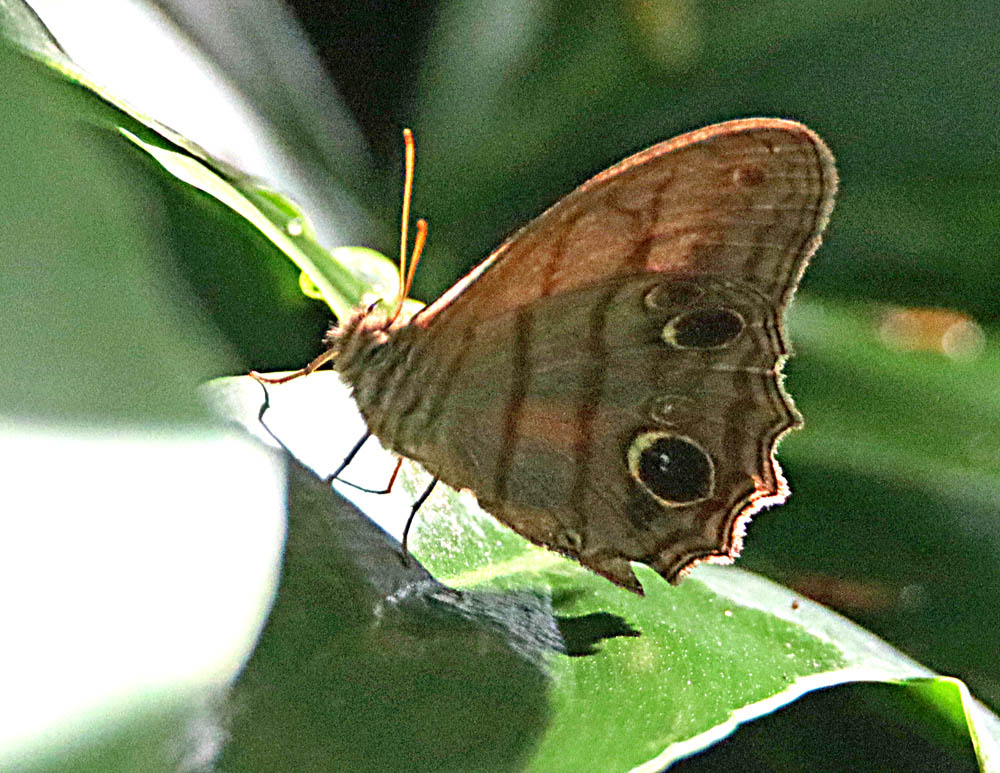
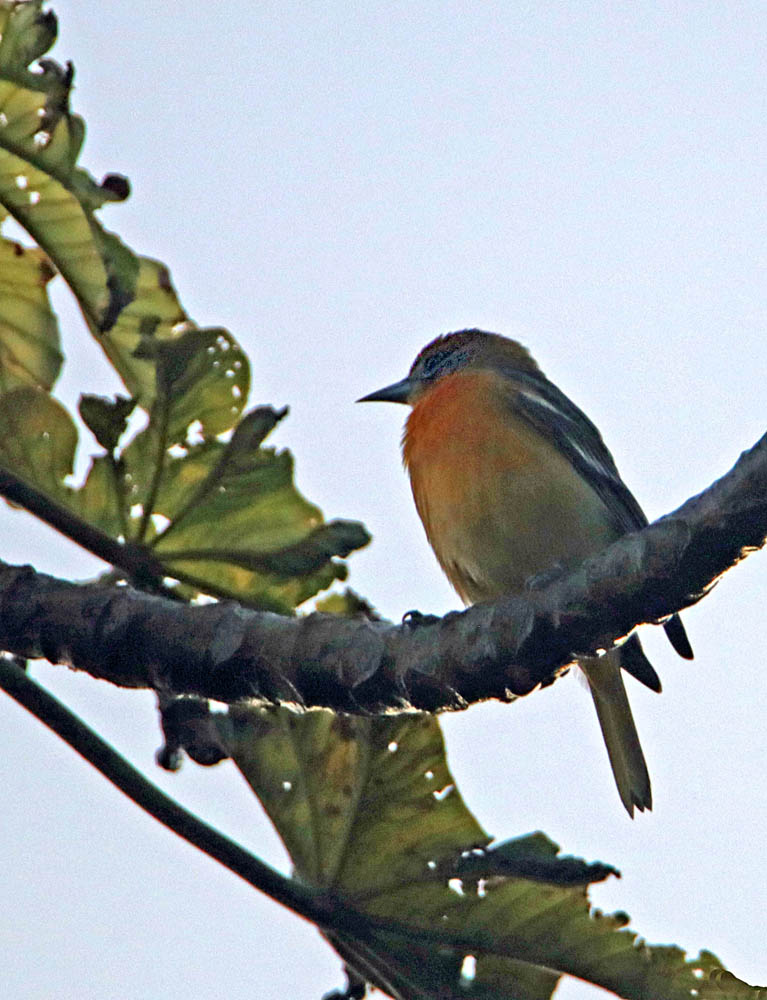
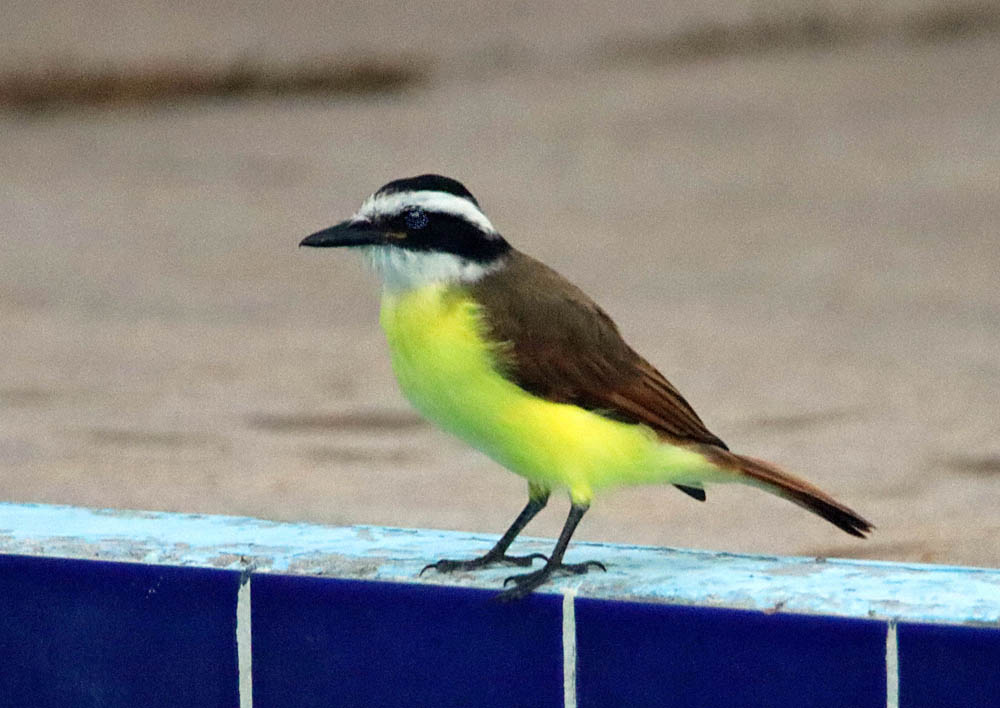
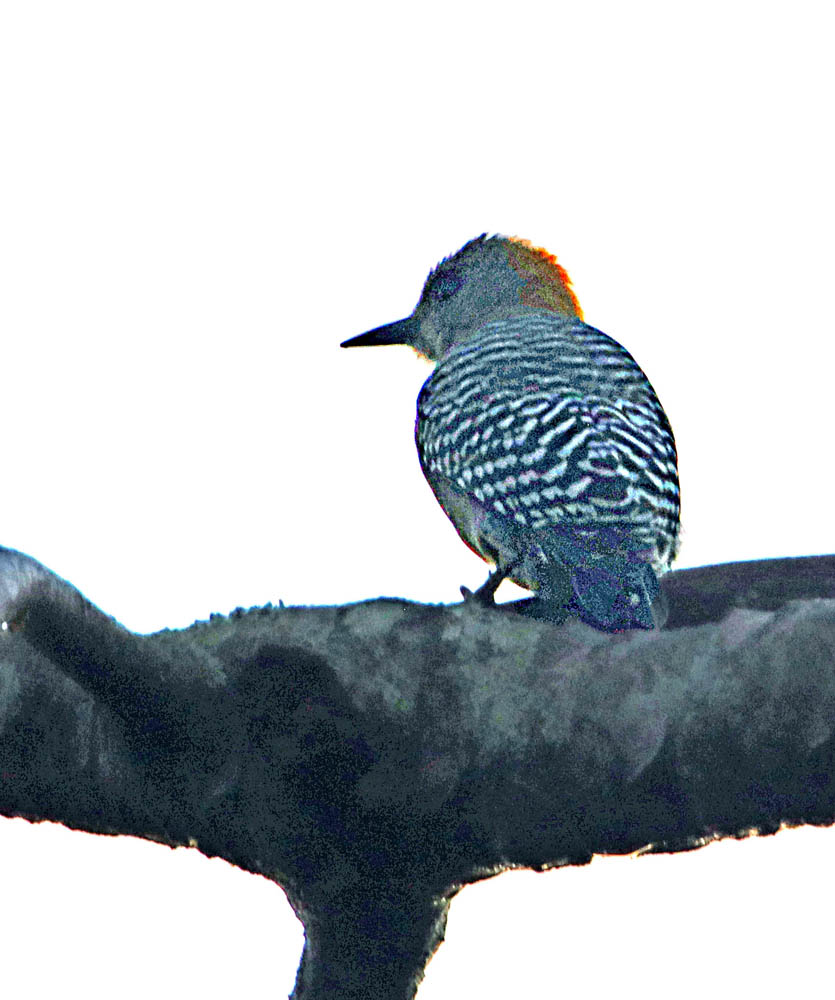
¡Pura Vida!
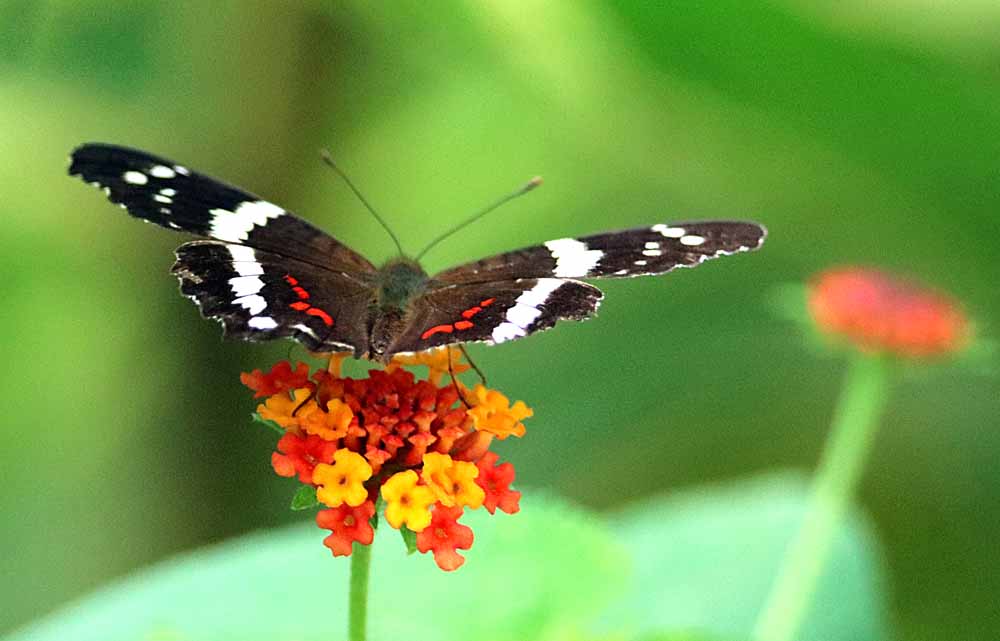
. . . is the first impression you get from this Rufous-naped Wren who was either grooming himself or drying out in my Guarumo Tree the other day. 🙂
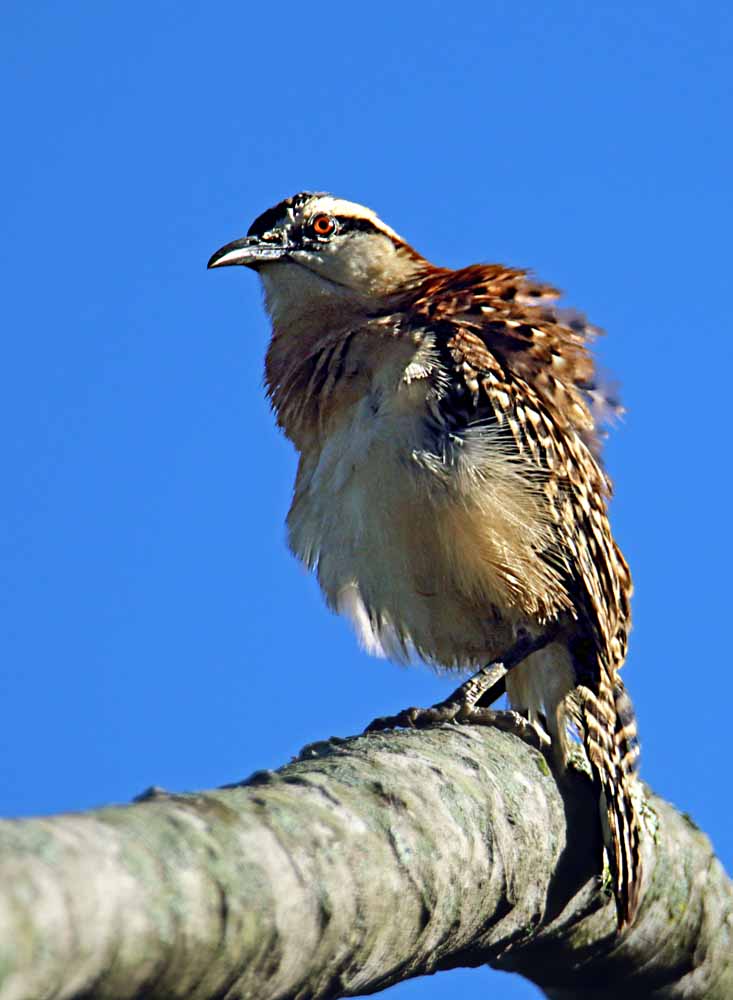
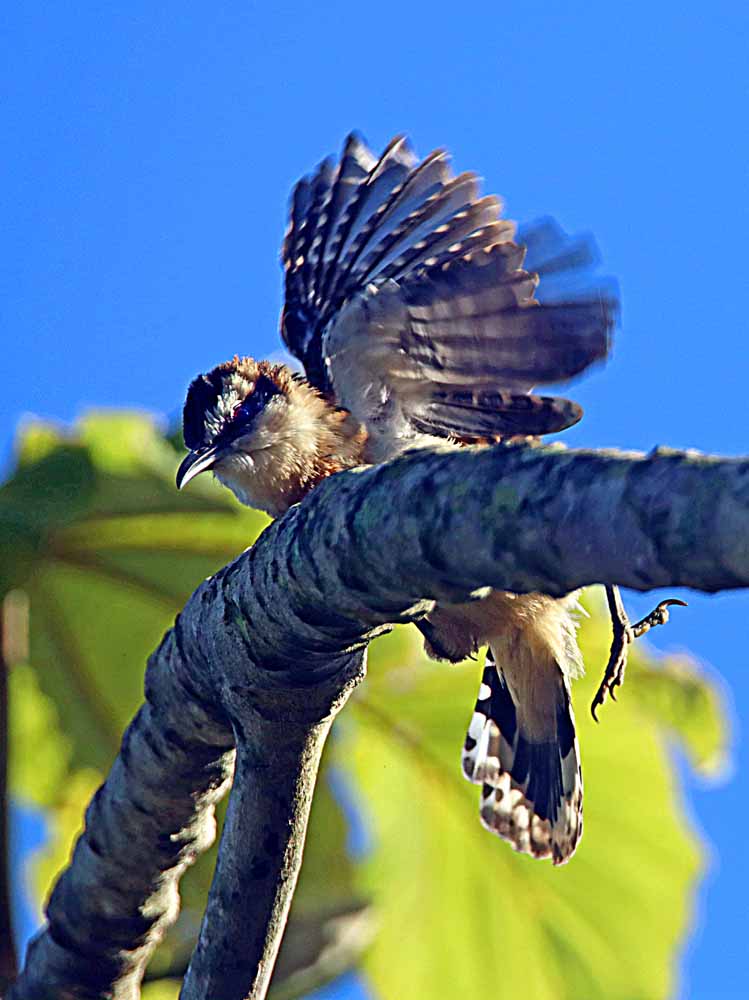
See my Rufous-naped Wren GALLERY for more of this bird!
¡Pura Vida!
I haven’t seen this bird in quite a while, but he was one of about 4 species in my Cecropia Tree the other morning, feeding on the flowers like the toucans sometimes do. And as usual, he was partially hidden by leaves the entire time here! You can see other shots in my Black-cowled Oriole GALLERY showing the same hiding problem always! Except my very first shot here in Costa Rica of one on my window screen inside my house! 🙂 Here’s just two shots . . .
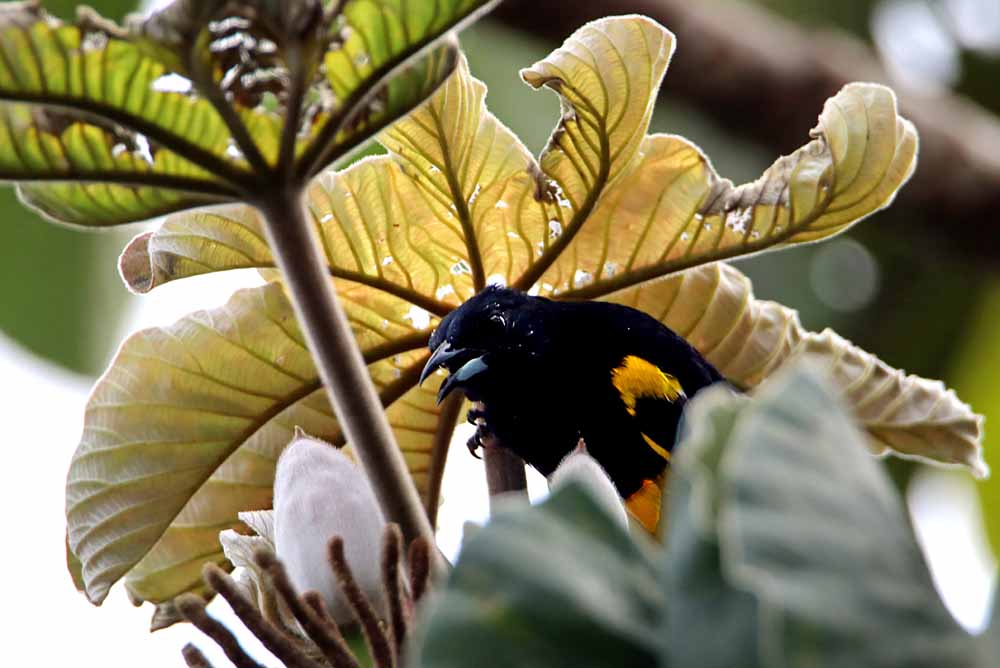
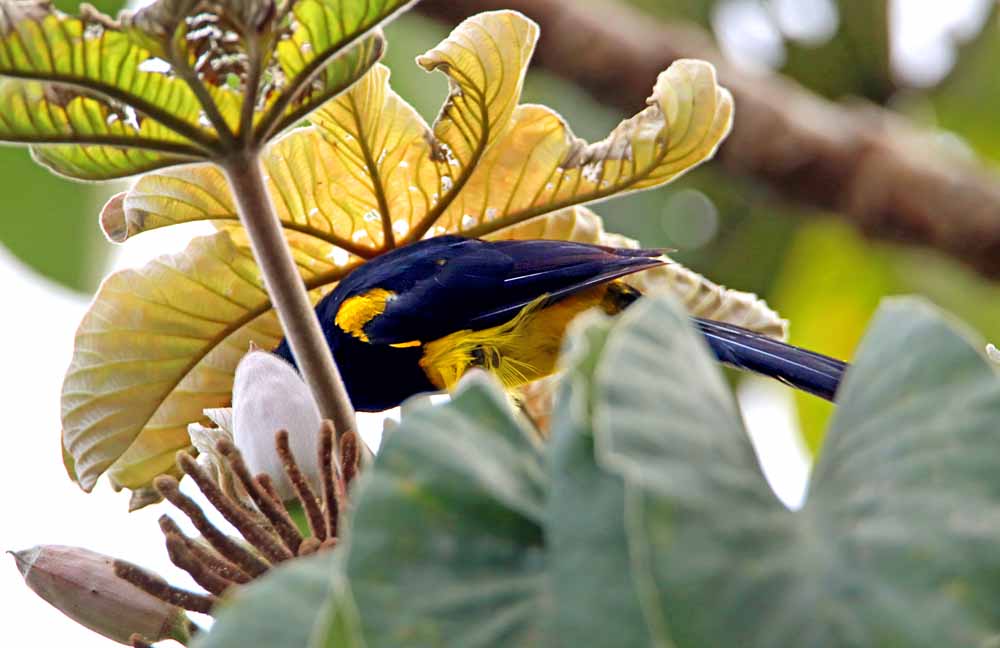
¡Pura Vida!